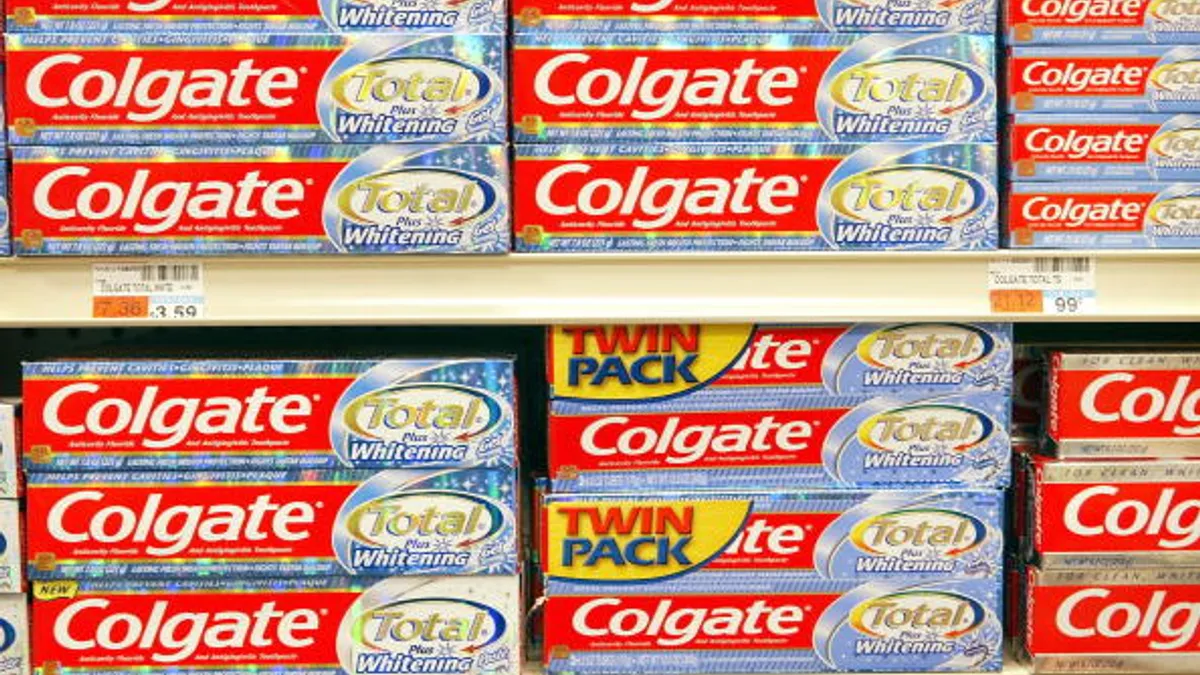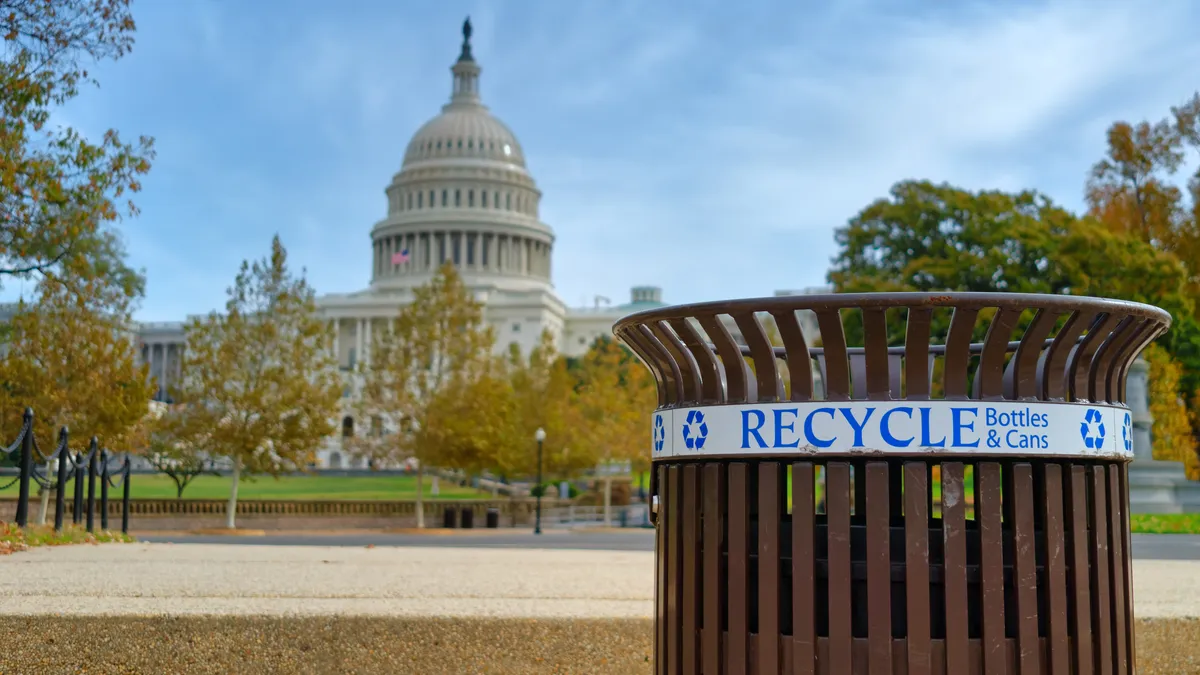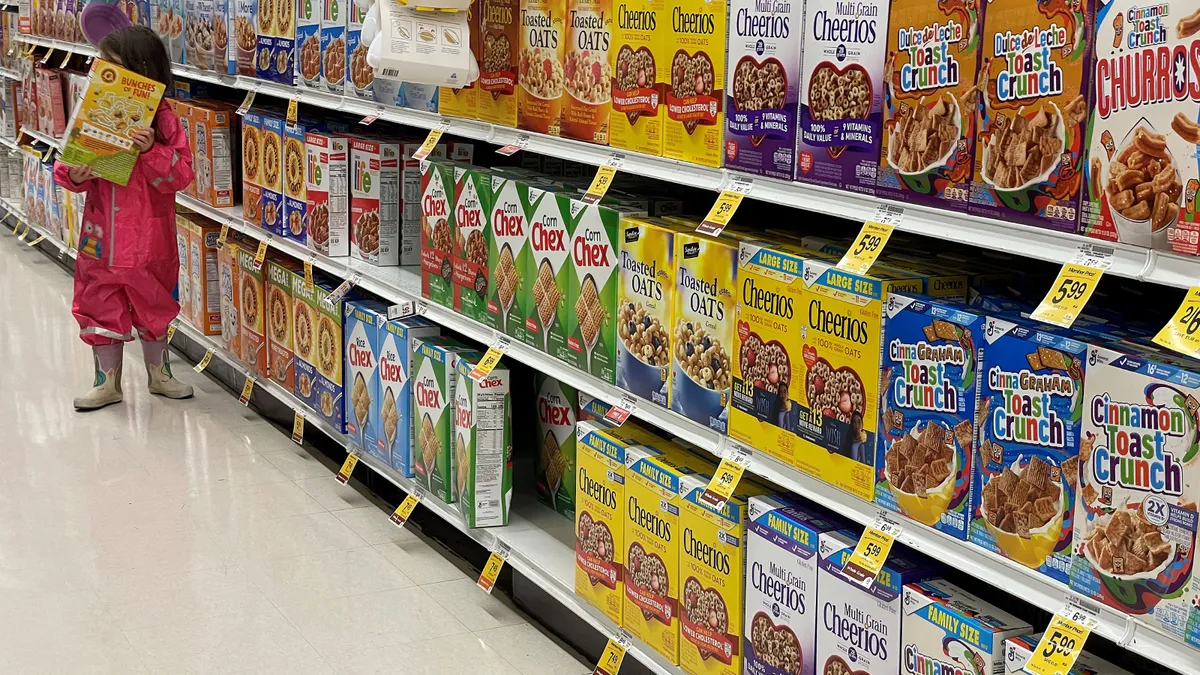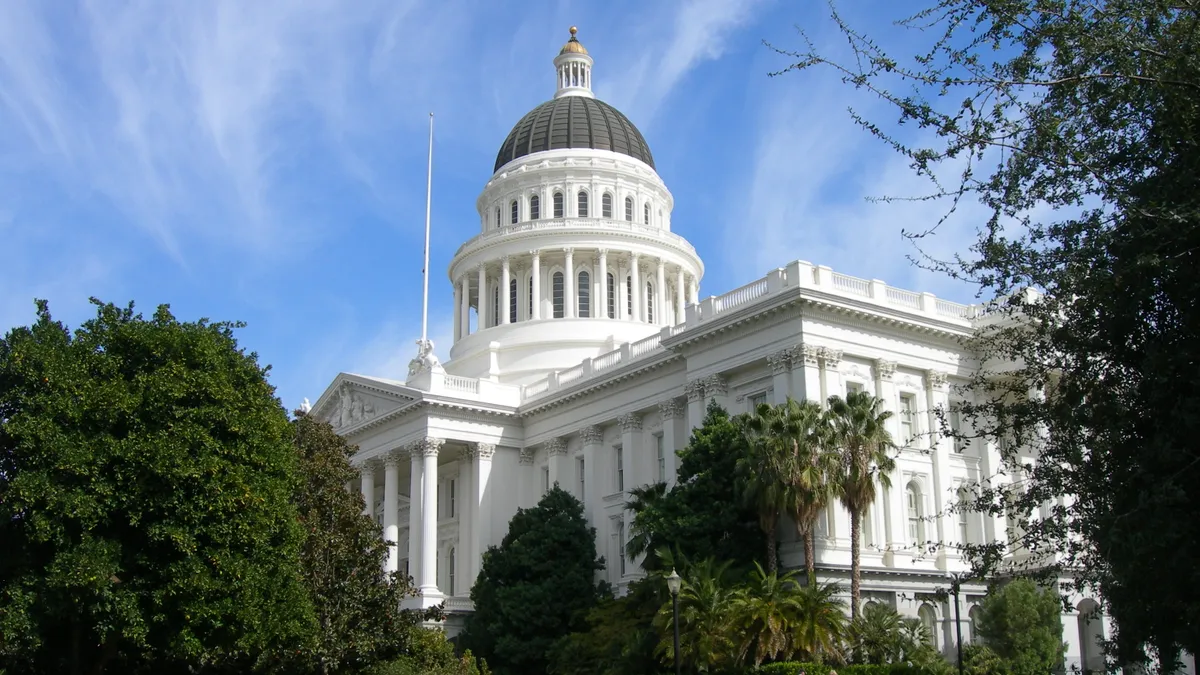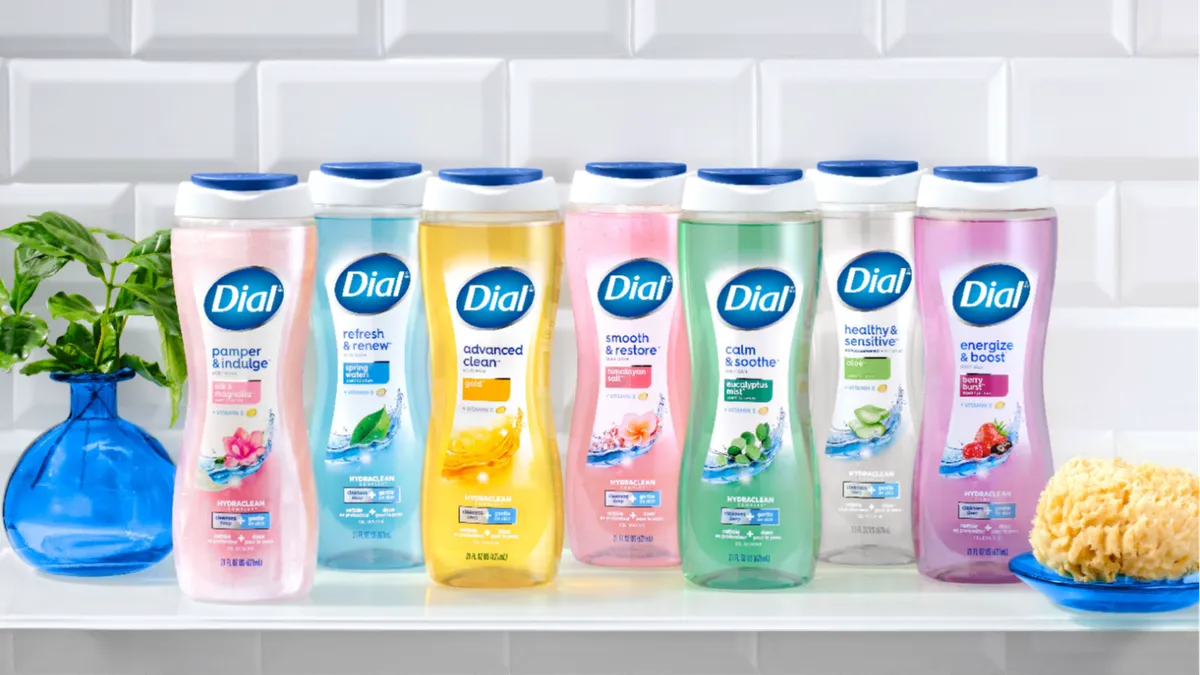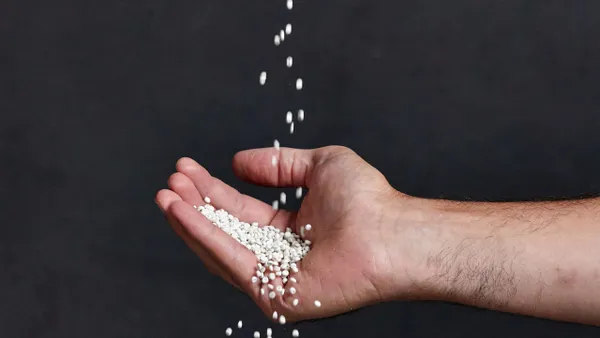Even the purchase of a new forklift is done with sustainability in mind at Colgate-Palmolive.
“If someone is going to put forklifts in a warehouse, there’s no question it is going to be electric,” Chief Supply Chain Officer Luciano Sieber said in an interview. “No one is going to come and propose one that needs fossil fuels as an energy source.”
The CPG company has for more than two decades made sustainability issues and data part of the DNA of its supply chain. Its sustainability team grew out of the supply chain organization and today has personnel still embedded in Colgate’s supply chain and packaging teams.
Colgate sets aside a minimum of 5% of its capital spending for waste reduction, climate initiatives and other sustainability efforts.
The company won’t invest in new machines if they can’t run recyclable structures, Sieber noted. Packaging types, even if they have other benefits, are rejected without argument internally for similar reasons, because they can’t be recycled.
“The strategy is so ingrained in our organization that it is part of every single function in the supply chain,” Sieber said. “We know the targets, we know what we want to achieve, and then it’s just part of the decision-making.”
When the company set a goal for reducing the waste its factories send to landfills, its manufacturing facilities competed among themselves to see which division would be first.
Sustainability strategy "is so ingrained in our organization that it is part of every single function in the supply chain. We know the targets, we know what we want to achieve, and then it’s just part of the decision-making.”

Luciano Sieber
Chief Supply Chain Officer, Colgate-Palmolive
“They get very creative,” Chief Sustainability Officer Ann Tracy said in an interview. On the waste-reduction target, factories started with a literal dumpster dive, examining contents of dumpsters to see what materials they could cut out, reuse or recycle, Tracy said.
For example, one factory in South Africa producing bar soap found that it had a “huge issue” with boiler ash after assessing its waste, and ended up supplying it to a brick factory that could use the boiler ash in manufacturing, Tracy said.
Sustainability ‘swords and shields’
Colgate takes on sustainability issues with what Tracy calls swords and shields. “Shields are the things we have to do,” she said, pointing to areas such as responsible resourcing where there may be reputational risks involved, or because regulations, tax law and other factors compel action from the company.
“Swords are where we want to lead,” Tracy said. “We can’t lead everywhere. We have to choose what’s relevant for Colgate as a business to focus on.”
One of those areas is action on the climate. “We really believe we’re punching above our weight there,” Tracy said.
Colgate says it was the first large multinational corporation in its sector to get its net zero targets approved by the Science Based Targets initiative (SBTi), per its latest sustainability report.
The company’s targets call for 100% renewable electricity in its global operations by 2030 and a 42% reduction its Scope 1 and Scope 2 emissions by the same time. That's along with a 42% cut in emissions from its purchased goods and services — i.e., its supply chain — in the same time frame.
"We consider plastic waste an existential issue for us."

Ann Tracy
Chief Sustainability Officer, Colgate-Palmolive
Materials and their end destinations are also of intrinsic importance to the company, which sells some 9 billion tubes of toothpaste worldwide every year, among many other packaged consumer products.
“We consider plastic waste an existential issue for us,” Tracy said. “All our packaging is plastic today. And so it’s a huge risk. It’s just a crime how much plastic ends up in the landfill today.”
Colgate is on track to convert entirely to toothpaste tubes that are technically recyclable by 2025. The company has said this can be accomplished by using HDPE, which is often accepted in many recycling programs. Getting to that point means converting all its factories to equipment that can handle recyclable material.
To scale and get the recyclers on board and willing to accept their tubes, Colgate shared the technology around its recyclable tubes with the industry. Now, other major brands have committed to recyclable tubes as well so that an estimated 75% of the 20 billion toothpaste tubes used worldwide will be recyclable by 2025, per Colgate’s sustainability report. “We kind of led a movement there,” Tracy said.
All of these efforts come amid broader efforts to transform the company’s supply chain. That includes a system and analytics overhaul to get digital systems communicating with each other and get personnel all the data they need, from across the supply chain, in one place.
Beyond profits, operational efficiency can also lessen the company’s environmental footprint.
“If my lines are running well, I’m going to improve energy consumption, I’m going to waste less water, I’m going to waste less product materials, which is also driving sustainability,” Sieber said. “If I'm running my trucks at 99% efficiency, I'm not only improving financials, I'm improving our sustainability footprint.”



